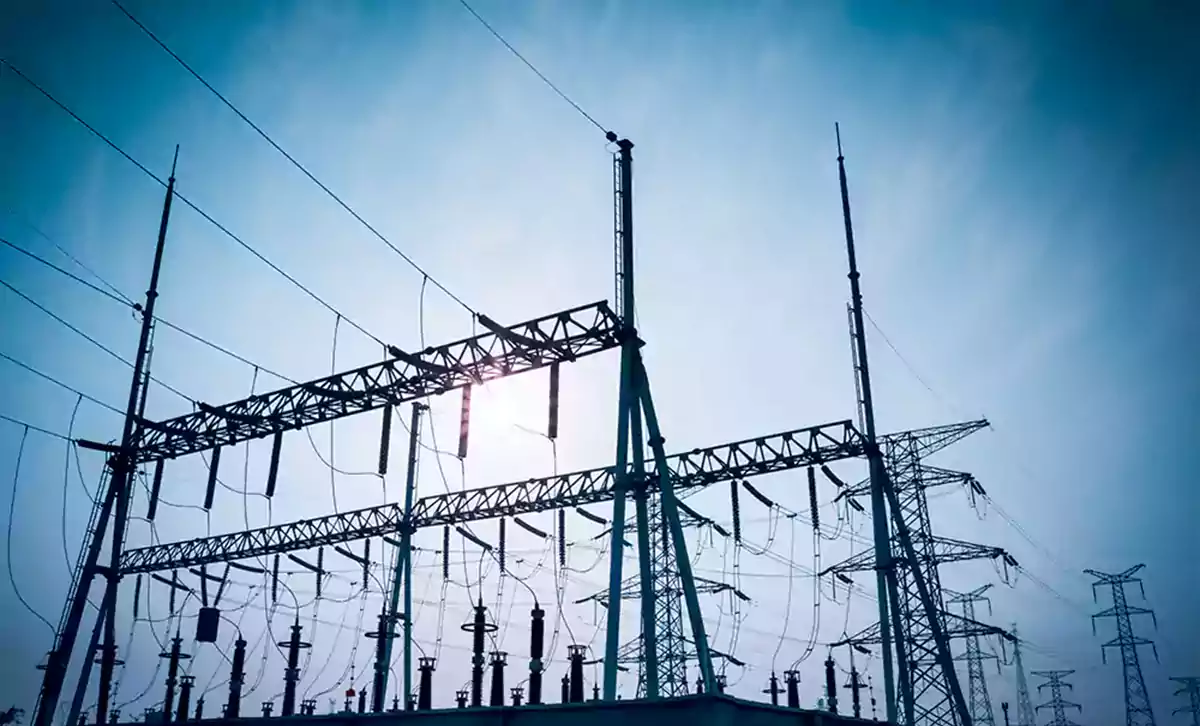For a colorless gas, hydrogen gets referred to in very colorful terms. According to the nomenclature used by market research firm Wood Mackenzie, most of the gas that is already widely used as an industrial chemical is either brown, if it’s made through the gasification of coal or lignite; or gray, if it is made through steam methane reformation, which typically uses natural gas as the feedstock. Neither of these processes is exactly carbon-friendly.
A purportedly cleaner option is known as blue hydrogen, where the gas is produced by steam methane reformation but the emissions are curtailed using carbon capture and storage. This process could roughly halve the amount of carbon produced, but it’s still far from emissions-free.
Green hydrogen, in contrast, could almost eliminate emissions by using renewable energy — increasingly abundant and often generated at less-than-ideal times — to power the electrolysis of water.
A more recent addition to the hydrogen-production palette is turquoise. This is produced by breaking methane down into hydrogen and solid carbon using a process called pyrolysis. Turquoise hydrogen might seem relatively low in terms of emissions because the carbon can either be buried or used for industrial processes such as steelmaking or battery manufacturing, so it doesn’t escape into the atmosphere.
However, recent research shows turquoise hydrogen is actually likely to be no more carbon-free than the blue variety, owing to emissions from the natural-gas supplies and process heat required.
How do you make green hydrogen?
With electrolysis, all you need to produce large amounts of hydrogen is water, a big electrolyzer and plentiful supplies of electricity.
If the electricity comes from renewable sources such as wind, solar or hydro, then the hydrogen is effectively green; the only carbon emissions are from those embodied in the generation infrastructure.
The challenge right now is that big electrolyzers are in short supply, and plentiful supplies of renewable electricity still come at a significant price.
Compared to more established production processes, electrolysis is very expensive, so the market for electrolyzers has been small.
And while renewable energy production is now sizable enough to cause duck curves in California and grid problems in Germany, overproduction is a relatively recent development. Most energy markets still have a need for plenty of renewables just to serve the grid.
How do you store and use this stuff?
Theoretically, there are lots of useful things you can do with green hydrogen. You can add it to natural gas and burn it in thermal power or district heating plants. You can use it as a precursor for other energy carriers, from ammonia to synthetic hydrocarbons, or to directly power fuel cells in cars and ships, for example.
To start with, you can use it simply to replace the industrial hydrogen that gets made every year from natural gas and which amounts to around 10 million metric tons in the U.S. alone.
The main problem with satisfying all these potential markets is in getting green hydrogen to where it is needed. Storing and transporting the highly flammable gas is not easy; it takes up a lot of space and has a habit of making steel pipes and welds brittle and prone to failure.
Because of this, the bulk transport of hydrogen will require dedicated pipelines, which would be costly to build, pressurizing the gas, or cooling it to a liquid. Those last two processes are energy-intensive and would further dent green hydrogen’s already underwhelming round-trip efficiency (see below).
Why is green hydrogen suddenly such a big deal?
One of the paths to near-total decarbonization is electrifying the whole energy system and using clean renewable power. But electrifying the entire energy system would be difficult, or at least much more expensive than combining renewable generation with low-carbon fuels. Green hydrogen is one of several potential low-carbon fuels that could take the place of today’s fossil hydrocarbons.
Admittedly, hydrogen is far from ideal as a fuel. Its low density makes it hard to store and move around. And its flammability can be a problem, as a Norwegian hydrogen filling station blast highlighted in June 2019.
But other low-carbon fuels have problems too, not least of which is cost. And since most of them require the production of green hydrogen as a precursor, why not just stick with the original product?
Proponents point out that hydrogen is already widely used by industry, so technical problems relating to storage and transport are not likely to be insurmountable. Plus, the gas is potentially very versatile, with possible applications in areas ranging from heating and long-term energy storage to transportation.
Source: greentechmedia.com








